Citrus Farmers Facing Deadly Bacteria Turn to Antibiotics, Alarming Health Officials
The New York Times
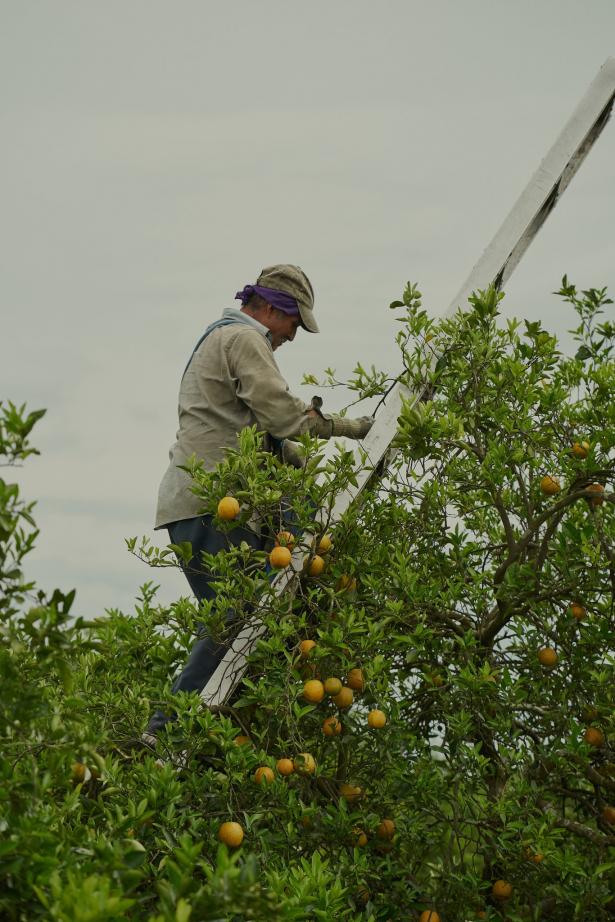
In its decision to approve two drugs for orange and grapefruit trees, the E.P.A. largely ignored objections from the C.D.C. and the F.D.A., which fear that expanding their use in cash crops could fuel antibiotic resistance in humans.


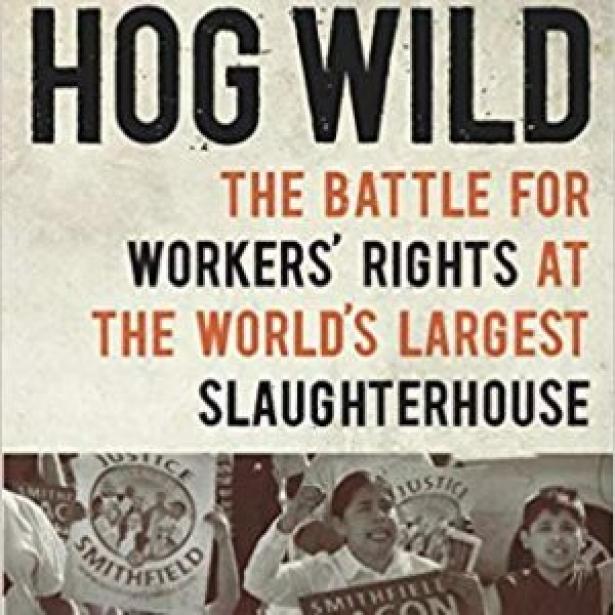
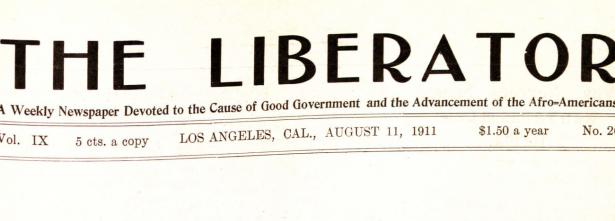

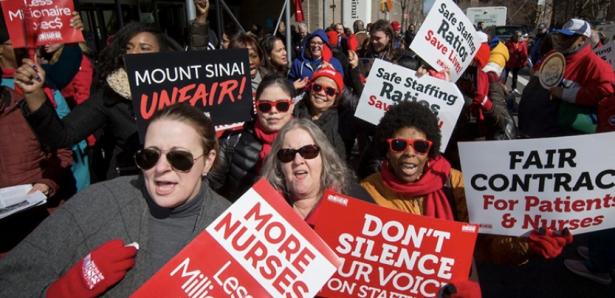
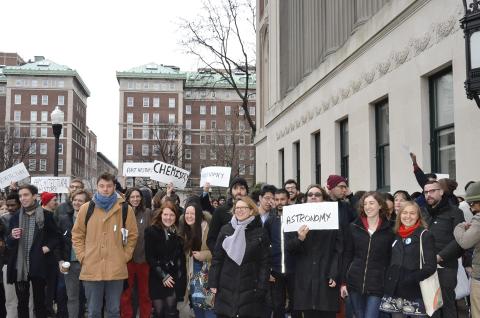
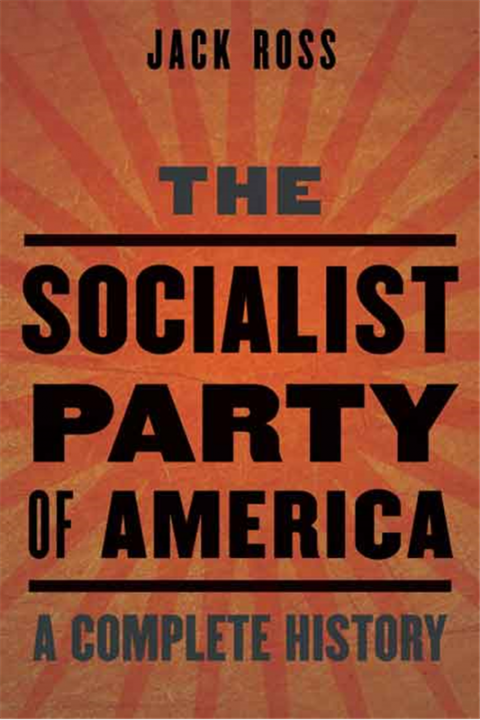
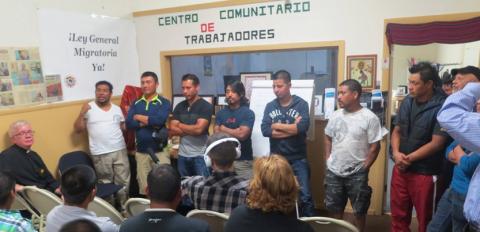
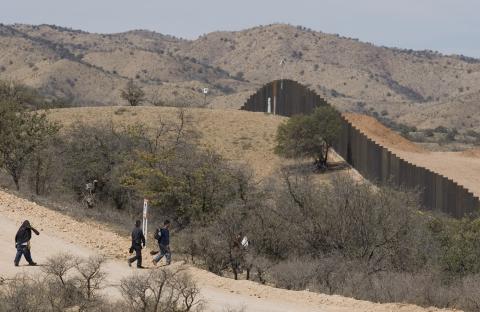
Spread the word